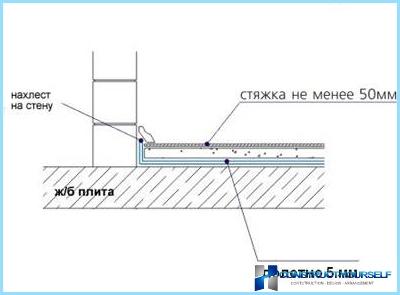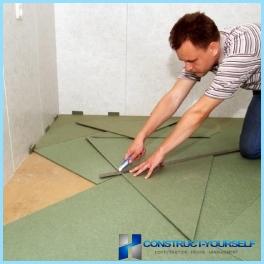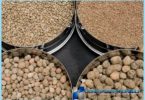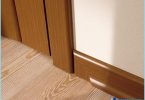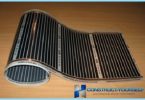Depends on the thickness of the substrate under the laminate in the first place from the type of material. Today can be purchased in the following types:
- Polymer
- Natural
The most frequently made use of when work is natural types of substrates, which are different from artificial properties and characteristics. It should be noted, the thicker the selected design, the therefore, and be guaranteed a great depreciation of the product during subsequent load during the movement of the owners of the property. How this looks can be seen in the video:
5 mm thick in finished designs
Please note: when selected, will need to focus on the parameters of the room. For example, in cold field, staying on the ground floor of an apartment building the best choice will be a maximum substrate thickness.
Coniferous ↑
Coniferous laying underlay for laminate
What is the thickness of the substrate under the laminate flooring natural type? As a rule, at least three, and often not more than five millimeters, depending on the material used. Individual attention, a substrate made of coniferous breeds of wood, which gives the material a green color. Design features high strength, however, after drying, if earlier, on its surface gets wet, can change shape.
Cork ↑
However, despite the use of needles, is often used also design created from cork. Due to its excellent elasticity, cork underlay is supplied in special rolls, you’ll be well as great sound insulating properties and characteristics. Typically, its thickness is of the order of five millimeters, due to the use in the construction of additional powder. The diameter of the powder is defined as 2 mm. Due to the use under laminate this design guarantees perfect ventilation of the structure, and will be required to establish comfort and coziness in the room.
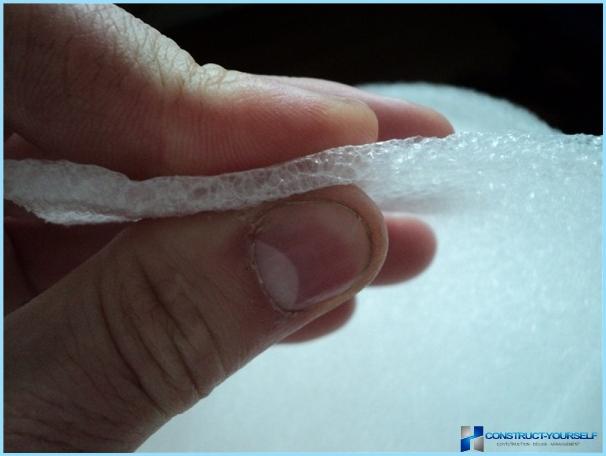
It should be noted that it is in fact the thickest, some manufacturers specifically produce material of a thickness of about 7 millimeters. This is due to the necessity of laying on a concrete surface, which also ensures the use of the material as heat carrier, due to its magnificent properties. Considering that cork material is made of pressed wood shavings and has the worst compared to the needles of the parameters of heat preservation, the optimal solution will be the choice of the substrate the maximum thickness.
Artificial ↑
The maximum value is set as 5 mm, however some customers may take the risk and put additional layer. If the substrate is chosen that is least in the range of 2-3 millimeters, which will allow you to create a structure with a total thickness of 7-8 millimetres.
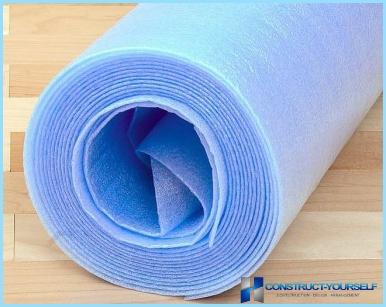
The material for the creation of artificial substrates are:
- The polypropylene foam type
- Polypropylene foil type
- Polystyrene foam
- The combination of polyethylene and foam
As a rule, the most common types of artificial substrates can be called polypropylene, which is also fairly low-cost solution for rooms of any plan. She has a slightly wavy surface structure, is made in rolls, thickness of elements which consists of 2-5 millimeters.

